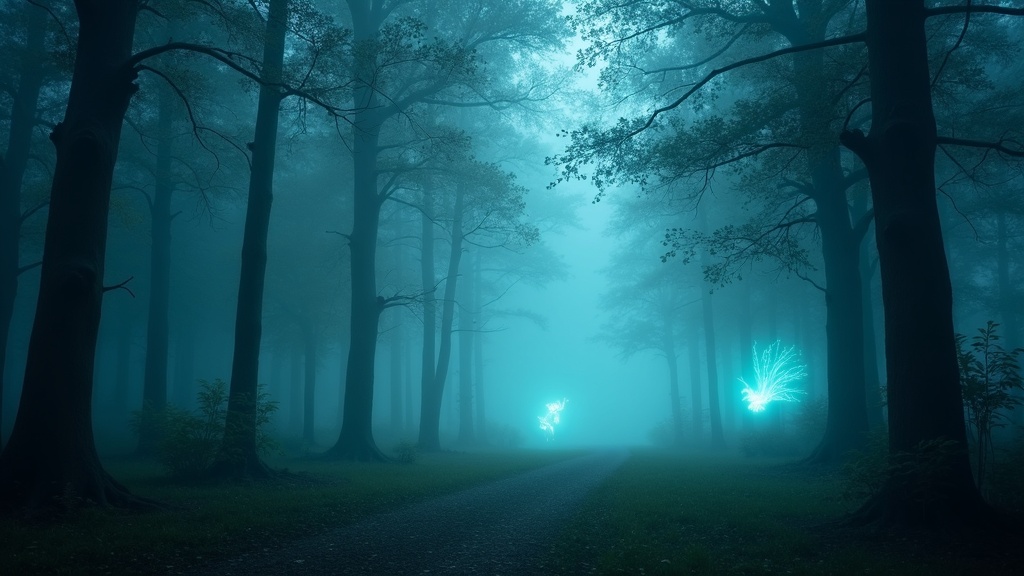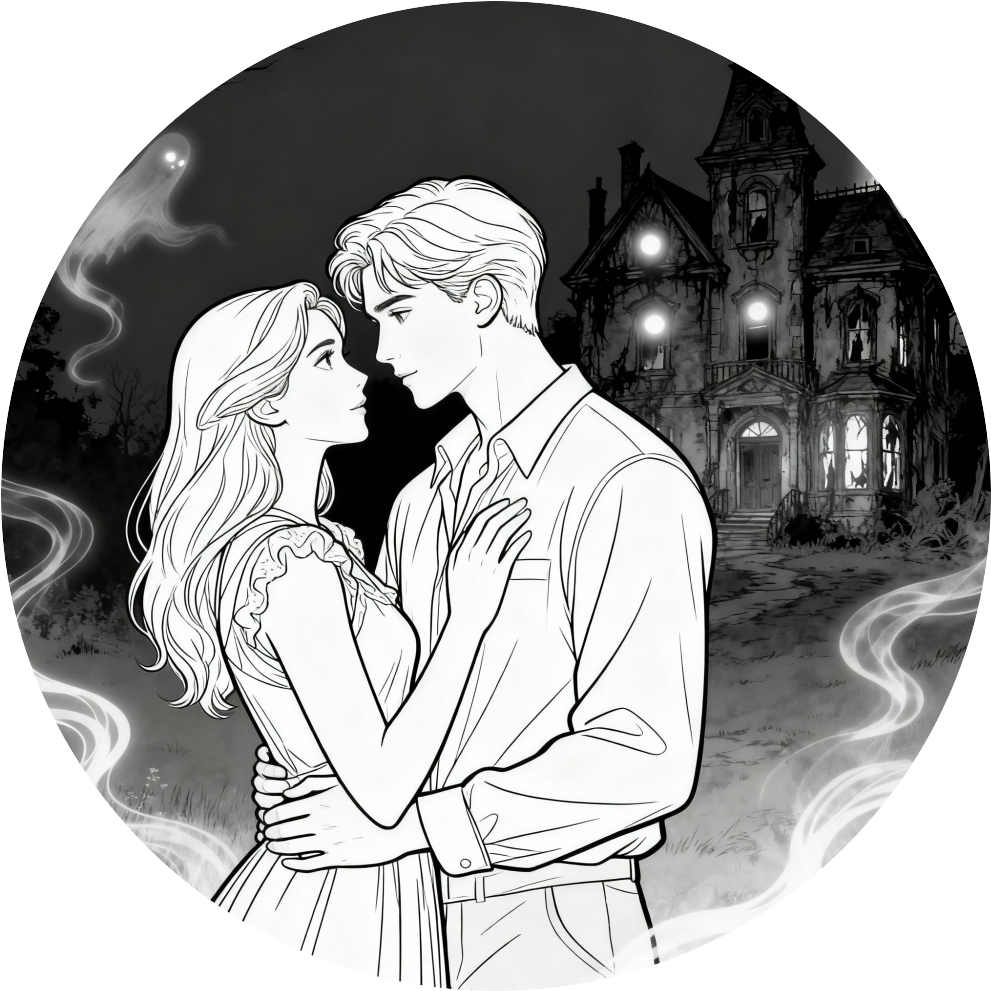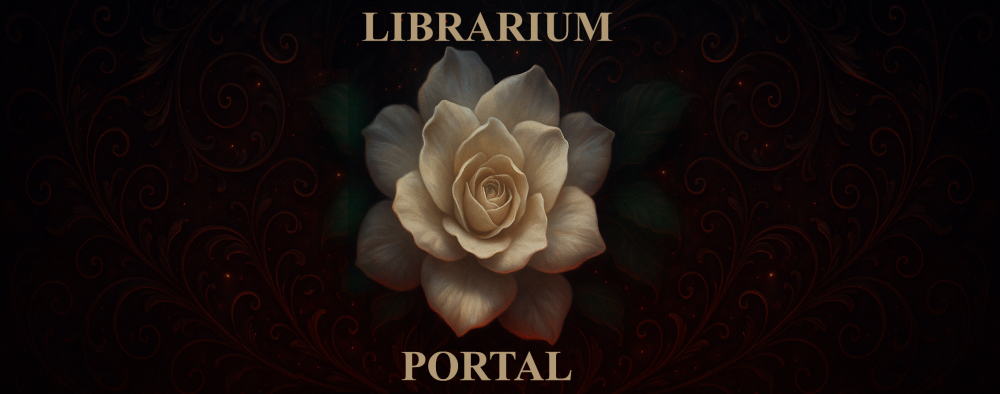Paranormal romance fuses supernatural beings with romantic storylines, blending fantasy, suspense, and emotion in one gripping read. I remember when I picked up my first paranormal romance, and suddenly, vampires, witches, and fated love felt every bit as real as anything in contemporary fiction. Getting started in this genre can feel overwhelming because of all the choices and unique narrative rules. Here, I’m sharing my experience and some practical advice for anyone beginning their adventure into paranormal romance reading or writing.

What Makes Paranormal Romance Unique?
Paranormal romance brings supernatural creatures into everyday life, placing love and connection at the heart of mysterious, often dangerous settings. The stories usually include characters such as vampires, werewolves (also called shifters), demons, witches, or ghosts. These beings interact with humans or other supernatural creatures, with romance and emotional growth forming the central plot.
I find that what really sets paranormal romance apart from traditional romance is its sense of otherness. From magical battles to fated pairs, plus an atmosphere that feels both thrilling and intimate. Almost every story follows two main threads: a romantic adventure filled with longing, chemistry, or conflict, and a supernatural element that raises the tension.
Core Elements of the Genre
If you’re starting out, the main features you’ll run into include:
- Supernatural Beings: Vampires, shifters, witches, angels, demons, and ghosts are common main characters. Each brings unique abilities and vulnerabilities to the story.
- Worldbuilding: Authors often create hidden magical societies, pack hierarchies, or ancient grudges set alongside our familiar world. I notice that some books keep worldbuilding simple, while others go deep into detailed supernatural politics.
- Romantic Tropes: The “fated mates” idea shows up a lot. Characters are destined to be together by magic or prophecy. “Enemies to lovers” or “forbidden love” come up too, letting authors build slow-burning tension or thrilling obstacles for the couple.
- HEAs (Happily Ever After): Most paranormal romances promise a satisfying romantic resolution, even if there are battles and heartbreak along the way.
Recognizing these core components helps me figure out which stories I’ll enjoy or which elements to include if I’m trying my hand at writing.
Beginner Tips: Reading Paranormal Romance
It’s easy to fall down the rabbit hole with paranormal romance. There are so many subgenres, tropes, and types of worldbuilding. Here’s my advice to get the most out of your first books:
- Find your favorite creatures: Not everyone is a vampire fan. Some love werewolves, dragon or even bigfoot shifters. Others prefer angels or witches. Check the back cover, reviews, or the book’s synopsis to see what type of supernatural beings take center stage.
- Figure out your preferred “heat level”: Some paranormal romances are “sweet,” with barely a kiss. Others are very steamy, with explicit scenes and mature content. Book blurbs, reviews, or author websites usually offer some clues on this, so you can pick what you’re most comfortable with.
- Assess the worldbuilding: Some stories are light on magic or supernatural politics, focusing on character chemistry. Others go deep, with layered magical societies, ancient rules, and mystical battles. If you want a quick read, pick shorter novels with minimal worldbuilding. If you love complex worlds, look for longer series.
- Explore different tropes: I like sampling a variety, such as “enemies to lovers,” “fated mates,” or “forbidden love.” Finding out which ones resonate with you makes book hunting easier and more fun.
Reviews, Goodreads lists, and book blogs offer great clues about what you’ll find in each title. I often keep a list of books from different subgenres to see what I enjoy most. If one story falls flat, don’t hesitate to pick up something else, as there’s a huge range within the genre.
Paranormal Romance Subgenres
Paranormal romance covers a wide spectrum, so it’s helpful to know the main categories you’ll come across:
- Shifter Romance: Werewolves, dragons, tigers, or bears who can switch between human and animal forms. These stories often focus on loyalty, pack dynamics, and fated bonds.
- Vampire Romance: Sometimes moody and dark, often dealing with immortality, bloodlust, and forbidden love. Vampires can be ancient or young, charming or menacing.
- Witch or Magic Romance: Modern witches or mages navigating love and magical challenges. Expect covens, magical politics, or curses to get in the way of romance.
- Demon or Angel Romance: These stories bring good versus evil themes to the plot. I’ve seen everything from brooding fallen angels to charming demons fighting their instincts for love.
- Ghost or Spirit Romance: Often more bittersweet or mysterious, focusing on unfinished business and crossing between worlds.
Each subgenre draws in new fans, and some authors even blend them, creating magical worlds with a bit of everything. If you like variety, you can mix in books from several subgenres for a new experience every time.

Popular Tropes and Story Arcs
I notice certain patterns come up again and again in paranormal romance:
- Fated Mates: Characters discover an unbreakable magical bond that pulls them together, sometimes against their will.
- Enemies to Lovers: Supernatural enemies, like rival packs or hunter versus vampire, find themselves drawn to each other.
- Forbidden Love: Lovers from warring magical factions or different species must overcome rules or prejudice to be together.
- Slow Burn: Tension builds slowly, with characters resisting their attraction because of risks, secrets, or outside threats.
- Chosen One/Prophecy: One lover is key to a prophecy or magical destiny, and the relationship is connected to saving the world or breaking a curse.
I keep an eye out for these plots when choosing books, especially if I’m craving a familiar storyline in a fresh setting.
Reading Recommendations for Beginners
With a huge pool of books available, it’s hard to know where to start. I’ve gathered a list that covers a variety of subgenres and heat levels. Each of these books is approachable for beginners and has lots of positive reviews:
- “Twilight” by Stephenie Meyer – Probably the most famous vampire romance for new readers. It’s light on worldbuilding, high on emotional conflict.
- “Moon Called” by Patricia Briggs – The first in the Mercy Thompson series with werewolves, shapeshifters, and strong foundfamily vibes.
- “Dark Lover” by J.R. Ward – Launches the Black Dagger Brotherhood series, blending vampire lore, romance, and action.
- “Bitten” by Kelley Armstrong – A modern take on werewolf culture, with both romance and supernatural politics.
- “City of Bones” by Cassandra Clare – For those who want adventure, romance, and a bigger magical universe with multiple supernatural beings.
- “Halfway to the Grave” by Jeaniene Frost – A sharp, sassy vampire series with lots of action, humor, and chemistry.
- “Wicked Saints” by Emily A. Duncan – Young adult, magical romance with darker themes and complex worldbuilding.
- “A Discovery of Witches” by Deborah Harkness – Blends academic intrigue, witchvampire romance, and historical mystery.
- “Shadow and Bone” by Leigh Bardugo – A fantasy romance with unique magical systems, good for those who like sweeping worldbuilding.
- “Wolfsong” by TJ Klune – A sweet, emotional shifter romance with LGBTQ+ representation and a strong sense of community.
- “The Ghost and Mrs. Muir” by R.A. Dick – A gentle, classic ghost romance with a cozy feel and light supernatural touches.
- “The Iron King” by Julie Kagawa – A faerie romance that mixes adventure, magical worlds, and forbidden attraction.
I recommend checking the synopsis and reviews for age range and content level, just to make sure each book fits what you’re looking for. Don’t hesitate to switch things up and try a title outside your comfort zone; it may surprise you.
Tips for Aspiring Paranormal Romance Writers
Writing paranormal romance takes some practice and a willingness to mix genres. From my writing exercises and reading favorite authors’ advice, a few key points stand out:
- Focus on character motivation: Even if characters have supernatural powers, their desires, flaws, and doubts should feel real. Give them strong personal reasons to fall in love, or to fight against it.
- Use sensory details: Describe sights, sounds, scents, and textures to make magical creatures and places feel believable. The more you ground your world in physical details, the easier it is for readers to get lost in the story.
- Balance romance and plot: The supernatural conflict should raise the stakes for the romantic relationship, while the romance should affect how characters react to magical dangers.
- Don’t overload the worldbuilding: As a reader, I appreciate when stories introduce new rules and creatures slowly. A sprinkle of detail keeps things exciting and prevents confusion.
- Deliver a satisfying ending: Most readers expect a happy ever after, or at least clear hope for the couple’s future, even if the next book continues their adventure. Giving readers this closure is key.
- Listen to feedback: Don’t be afraid to ask beta readers or critique partners for their honest opinions on your worldbuilding or characters. Outside input can help you polish your story into something special.
- Read widely: Checking out established authors in the genre not only shows what’s popular but helps spark ideas for new spins on classic tropes.
Starting out as a writer might seem intimidating, but with every book and each practice page, you’ll get closer to creating your own next-level cool supernatural love story.
Common Beginner Questions
I often hear the same questions from friends new to paranormal romance. Here are straightforward answers to help you get started:
Question: What’s the difference between paranormal romance and urban fantasy?
Answer: Paranormal romance usually focuses on a romantic relationship as the heart of the story, and there’s almost always a happy or hopeful ending. Urban fantasy features supernatural elements but spends more time on world-saving adventures, with romance as just one part of the story.
Question: How do I know if a book is “spicy” or “clean”?
Answer: Author or publisher websites, trigger/content warnings, and online reviews are great places to check. Some readers label “sweet” or “clean” on books with no explicit scenes, while “steamy” or “hot” signals more mature content.
Question: Does paranormal romance always have a happy ending?
Answer: Nearly all books in the genre promise a “happily ever after” (HEA) or “happy for now” (HFN) for the main couple. If you like guaranteed good endings, this genre is a safe bet.
Ready to Explore Paranormal Romance?
Getting into paranormal romance opens up a world of magic, suspense, and passionate love stories. Whether you’re picking up your first vampire novel, binging a werewolf series, or dreaming up your own supernatural world, you’ll find plenty of variety and excitement. I encourage everyone to try a few different subgenres and tropes to see what sparks their imagination. Happy reading, or writing!

Leave a Reply
You must be logged in to post a comment.